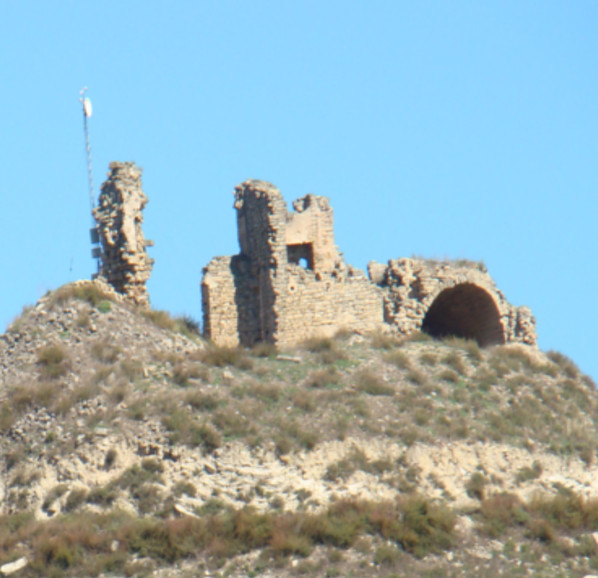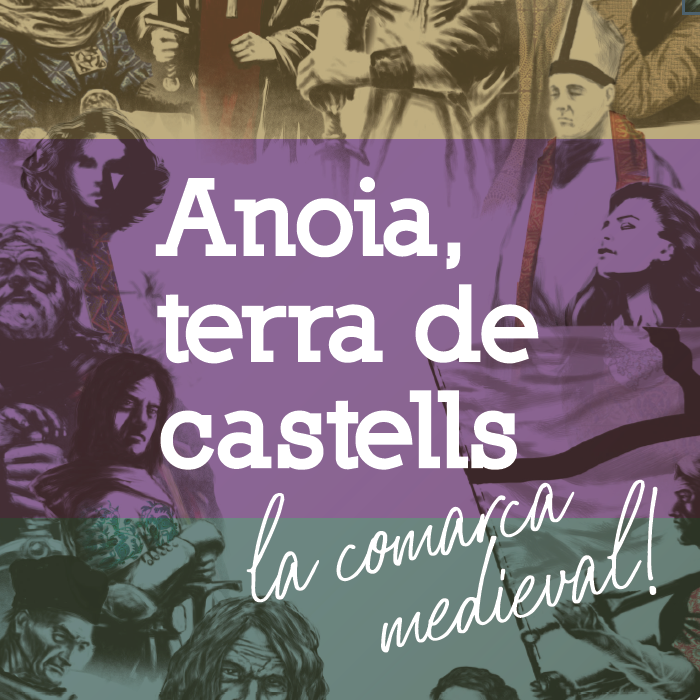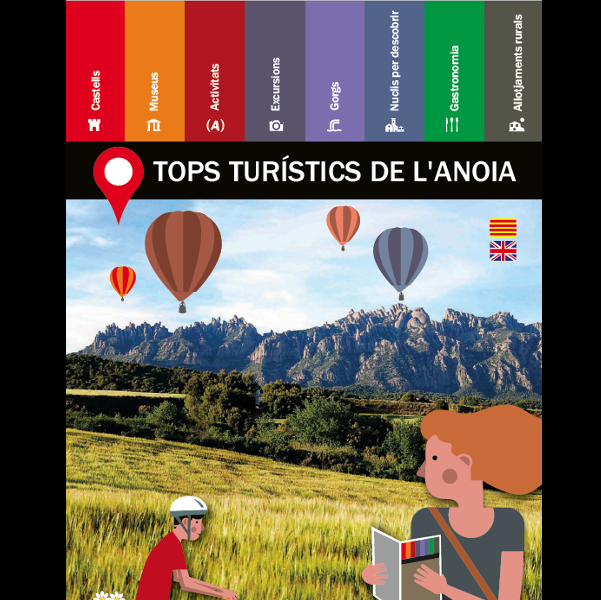Calonge Castle
The earliest evidence of the existence of this castle dates from the turn of the 11th century, although it was probably built before then, when the northern part of the county was conquered by the Catalan counties. It occupies a strategic site on a hilltop between the Alta Segarra high plateau and the Llobregós valley.
The castle’s most noteworthy feature is a large rectangular hall with a barrel-vaulted roof, to which a water cistern is attached. Nevertheless, all that remains standing of the original building is the circular tower situated at the west side of the complex. Between the tower and the rectangular hall there would have been other rooms, now hidden by sediment and vegetation.
After being conquered by Wilfred the Hairy, this area fell under the control of the Bishopric of Vic. In the 11th century the Cardona family took possession of the castle. Although it was transferred to the Torroja family in the 12th century, the Cardona family regained possession at the turn of the 13th century. The castellans appointed by this family were initially the Calonge family, followed by the Fontanet and Nuix families.
In 1010, counts Ramon Borrell of Barcelona and Ermengol I of Urgell participated in an expedition to Cordoba in reprisal for a series of Moorish raids on their territories in the preceding years. Arnulf, bishop of Vic, also took part in this expedition and, on the way back to Calonge Castle, died from the injuries sustained in battle.



